Blog
-

Ratio of fertilizer (N-P-K)
As a rule, it is better to use slow-release fertilizer. Quick-release fertilizers are used mainly to address specific problems (to pep up a weak plant, correct a deficiency, etc.) or to quickly increase yields (to encourage annuals to bloom profusely, for instance). Be careful not to overuse these fertilizers.Đọc thêm -
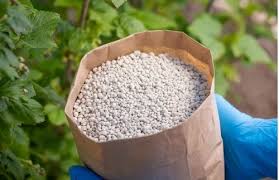
Fertilizer – Selecting The Right NPK Ratio
Consider this example. For years the common lawn fertilizer recommended for North America has been some thing like 34-10-10, high nitrogen and fairly high P and K. Over the years we learned to understand two facts. First, most urban garden soil in North America has lots of phosphorus – it does not need any more to grow grass. Secondly, the excess phosphorus ends up polluting rivers and lakes. So now many states have banned phosphorus in lawn fertilizer. In Ontario, I noticed 2-3 years ago, that many brands have now eliminated P from lawn fertilizer.But people still recommend adding extra phosphorus for their bulbs! That is dumb. If our soil has lots of phosphorus for grass, then it also has lots of phosphorus for bulbs. I grow over 200 different kinds of spring bulbs and I have never added phosphorus – they grow and flower just fine.Đọc thêm -
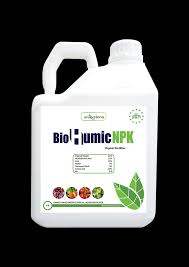
Understanding NPK Fertilizers
We’ve journeyed through the land of NPK fertilizers, discovering their vital role in plant growth and health. The right balance of Nitrogen (N), Phosphorus (P), and Potassium (K) is more than just a chemical concoction; it’s the lifeblood that helps your plants thrive and bloom.Now that you are armed with all this knowledge about NPK fertilizers, it’s time to put it into action. Don’t be afraid to experiment with different NPK ratios to find the perfect balance for your plants. Remember, every garden is unique, and what works best for one might not work as well for another. So, keep observing, learning, and adjusting until you find the optimal NPK ratio that makes your garden thrive.Keep in mind, however, that while fertilizers play a significant role, they are only part of the equation. Adequate watering, proper sunlight, and suitable temperature also contribute to your plant’s growth and health. Combine these elements with a balanced NPK fertilizer, and you’ll set your farm or garden on a path to abundant growth and vibrant colours.Đọc thêm -
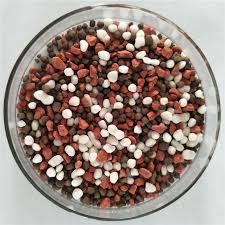
Types Of Fertilizers And How To Pick The Right One
Fertilizers play a crucial role in ensuring that plants receive the nutrients they require for optimal growth and development. Different types of plant fertilizers are accessible to farmers, but the two most common are organic and inorganic. Nutrients in organic products are gradually released while the substance decomposes over time, while artificially synthesized inorganic products allow for the rapid uptake of nutrients by plants. However, the organic type of fertilizer is better for the soil and the ecosystem in the long run. Precision farming platforms simplify fertilizing at varying rates, maximizing the benefits of each fertilizer type.Đọc thêm -
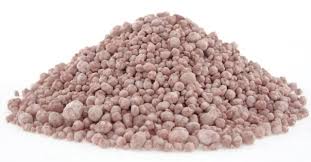
The Fundamentals of NPK Fertilizers in Plant Nutrition
NPK fertilizers are a cornerstone of contemporary agriculture, supplying plants with the three primary nutrients they require for growth: nitrogen (N), phosphorus (P), and potassium (K). Nitrogen is essential for the synthesis of chlorophyll and the growth of vegetative parts, phosphorus is critical for the development of roots, flowers, and seeds, and potassium plays a key role in the regulation of metabolic functions and enhancing plant stress resistance. The judicious application of these nutrients, which are often deficient in soils, is crucial for maximizing crop productivity and maintaining plant health.Đọc thêm -
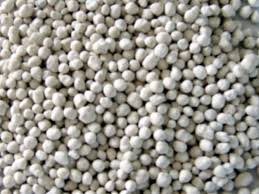
Five important facts about fertilizers
In December 1905, Sam Eyde and Kristian Birkeland successfully produced nitrogen fertilizer at Notodden, Norway. This groundbreaking achievement has helped increase agricultural productivity and today, half of the world’s population has food on their table due to fertilizers. Here are five important facts you should know about fertilizers and their importance in safeguarding lives and nourishing our world!Đọc thêm -

A STATISTICAL ANALYSIS ON THE EFFECT OF NPK FERTILIZER ON CROP GROWTH
Agriculture is a cardinal sector in the economy of any nation. Fertilizer application has over the period been essential in the effective growth of agricultural output. The importance of fertilizer in agriculture cannot be over emphasized; in other to effectively feed the nation and have enough to export, then understanding the importance of fertilizers is paramount. Fertilizers where effectively used from the 19th century in the world to grow crops amongst other things. There are basically two major types of fertilizer viz: Organic fertilizer and inorganic or synthetic fertilizers.Đọc thêm -

Inorganic Fertilizers For Crop Production
Most nutrients needed by plants are supplied solely by soil. Insufficient supply of any of these nutrients may limit plant growth. In natural conditions, nutrients are recycled from plants to soil to meet plant needs. However, agricultural crops may require more nutrients than natural vegetation.Significant amounts of nutrients are also removed in harvested crops. Optimal crop growth and profitability may require fertilization with inorganic fertilizers, animal manures, green manures, or legume management. This publication concentrates on commonly used inorganic fertilizers important in improving plant growth.Đọc thêm -
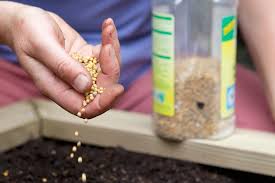
How too much and too little fertiliser affect your plant growth
Ensuring an optimal level of nutrient is vital to maximize crop yield, and by extension, profitability. Too little fertiliser or nutrients available for crops limits the plant growth. Alternatively, too much fertiliser prevents the crops from taking up water through their roots, as they rely on osmosis to do it. Over-fertilisation increases the concentration of dissolved solids to the point that water flows out of the plants instead of into it, resulting in leaf burning or wilting, stunted growth and even death after a prolonged period. Furthermore, the excess fertilisers can leach into the farm’s surrounding, including groundwater sources and rivers, resulting in contamination or harmful algae blooms. When applying fertilizers, the plants and their root systems fare better when the level of nutrients stay consistent with minimal variation.Đọc thêm

